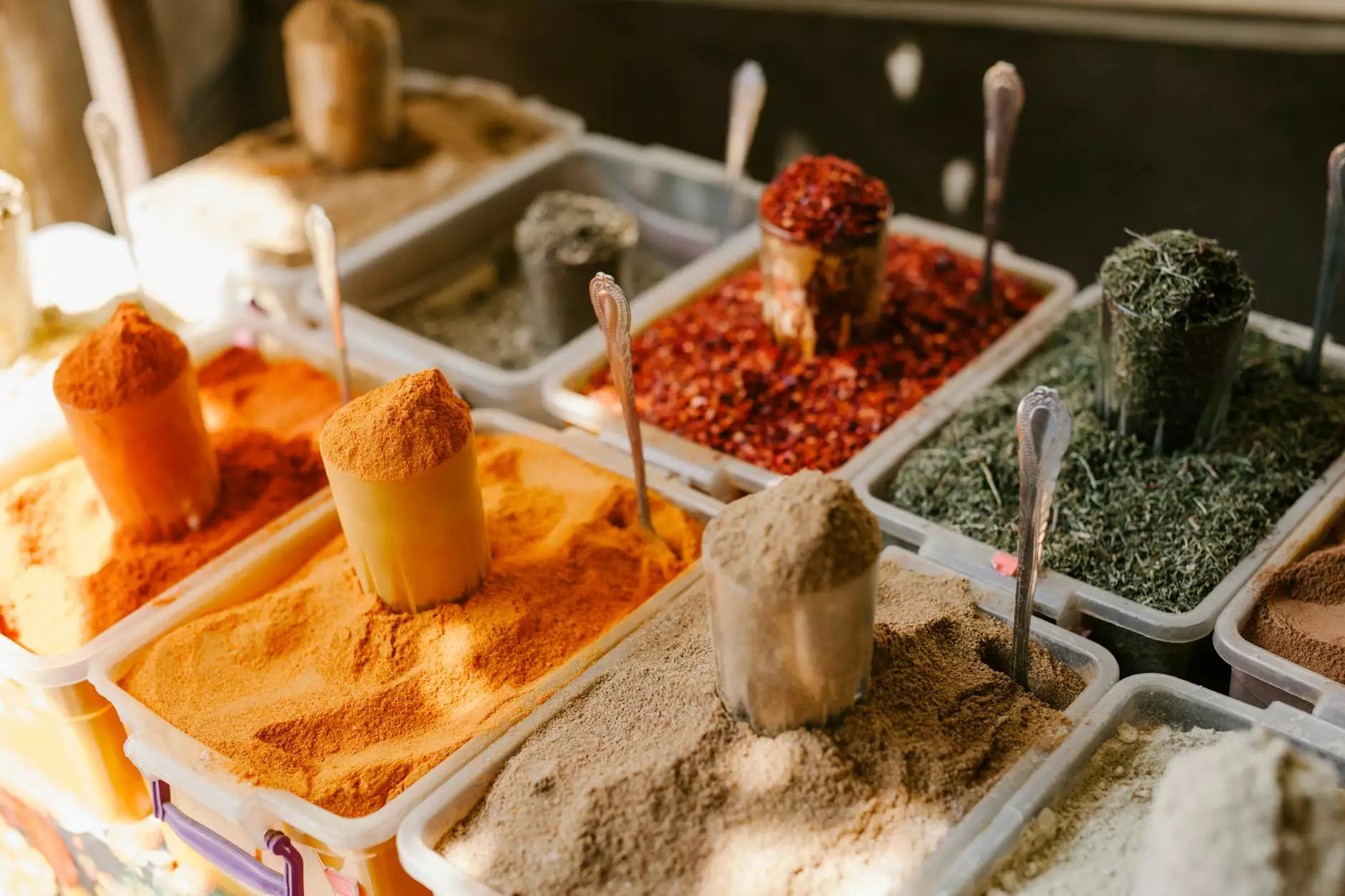The Incredible Mimosa Hostilis Tree: A Journey through Organic Stores and Herbal Shops

Introduction
In the world of natural ingredients, Mimosa Hostilis tree stands out as a true botanical wonder. Known for its extensive applications, this tree has captured the attention of organic stores and herbal shops worldwide. In this article, we will explore the remarkable properties and uses of the Mimosa Hostilis tree, highlighting its significance in the realm of natural remedies and organic products.
Understanding the Mimosa Hostilis Tree
The Mimosa Hostilis tree, scientifically known as Mimosa tenuiflora, is native to the northeastern region of Brazil. It belongs to the family Fabaceae and is characterized by its distinctively beautiful pink flowers. However, it is the tree's inner bark that harbors its unique properties, making it incredibly sought after in the organic industry.
The Rich History of Mimosa Hostilis
Throughout history, indigenous communities in Brazil have revered the Mimosa Hostilis tree for its medicinal and spiritual qualities. The traditional use of its inner bark dates back centuries, with indigenous tribes incorporating it into various rituals and healing practices. Today, these ancient traditions continue to blend seamlessly with modern applications, contributing to the growing popularity of Mimosa Hostilis.
The Versatility of Mimosa Hostilis
One of the reasons behind the Mimosa Hostilis tree's soaring popularity among organic stores and herbal shops is its incredible versatility. Let's delve into some of the major categories in which this remarkable tree finds its purpose:
Organic Skincare Products
Mimosa Hostilis is an essential ingredient in a wide range of organic skincare products. Its bark is rich in tannins, flavonoids, and other bioactive compounds that rejuvenate the skin, providing a natural glow and improving overall complexion. Organic stores worldwide have recognized the tree's skin-nourishing properties, thus incorporating it into cleansers, moisturizers, masks, and serums.
Natural Dyeing and Textiles
The inner bark of the Mimosa Hostilis tree contains a high concentration of tannins, making it an excellent natural dye. From vibrant earthy tones to beautiful shades of red, the tree's bark extract adds a touch of sustainability and uniqueness to textiles. Herbal shops offer Mimosa Hostilis-based dyeing products for those who appreciate eco-friendly and non-toxic alternatives in the traditional textile industry.
Medicinal and Therapeutic Purposes
In herbal medicine, Mimosa Hostilis is renowned for its healing properties. From treating skin conditions and burns to addressing gastrointestinal ailments, its bark has been utilized as a natural remedy for various health issues. The tree's antibacterial and anti-inflammatory characteristics are highly valued, leading to the creation of herbal tinctures, extracts, teas, and capsules that can be found in numerous organic stores.
The Importance of Sourcing Ethically
As the demand for Mimosa Hostilis products continues to rise, it is crucial to emphasize the importance of ethical sourcing. Sustainable harvesting methods and fair-trade practices are vital to preserve the natural habitat of these trees and support the local communities involved in their cultivation. When purchasing Mimosa Hostilis-based products, customers should prioritize organic stores and herbal shops that prioritize these values.
Conclusion
The Mimosa Hostilis tree represents a world of possibilities within the organic stores and herbal shops industry. Its remarkable attributes, spanning skincare, textiles, and medicinal applications, have garnered significant attention from those seeking natural solutions. With proper understanding, sustainable practices, and a deep appreciation for the plant's inherent power, Mimosa Hostilis continues to inspire innovation and enrich our lives.









